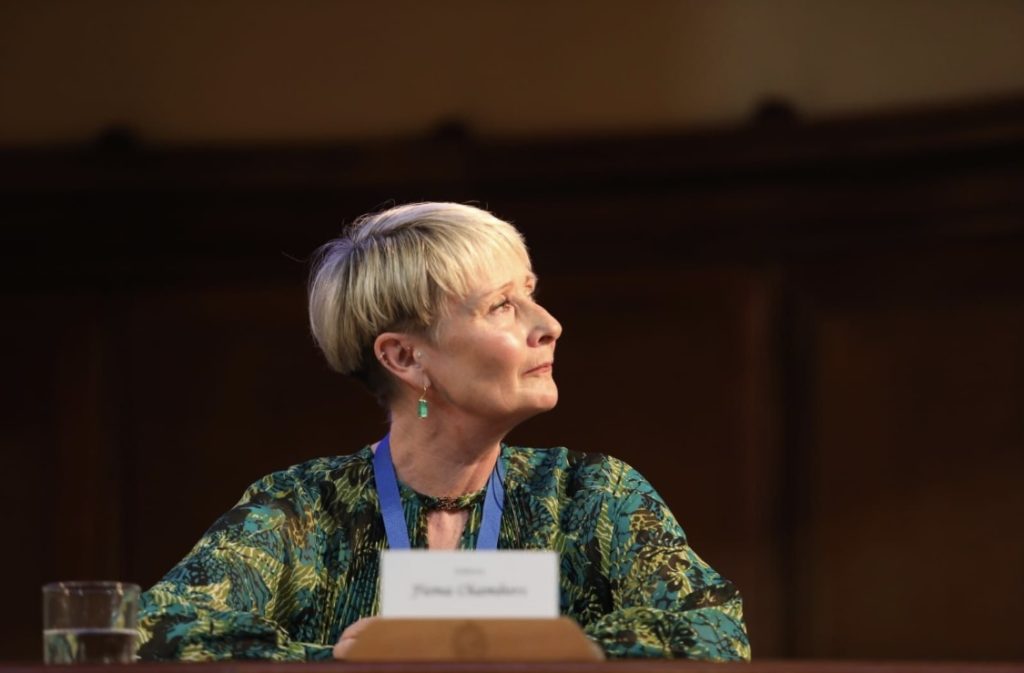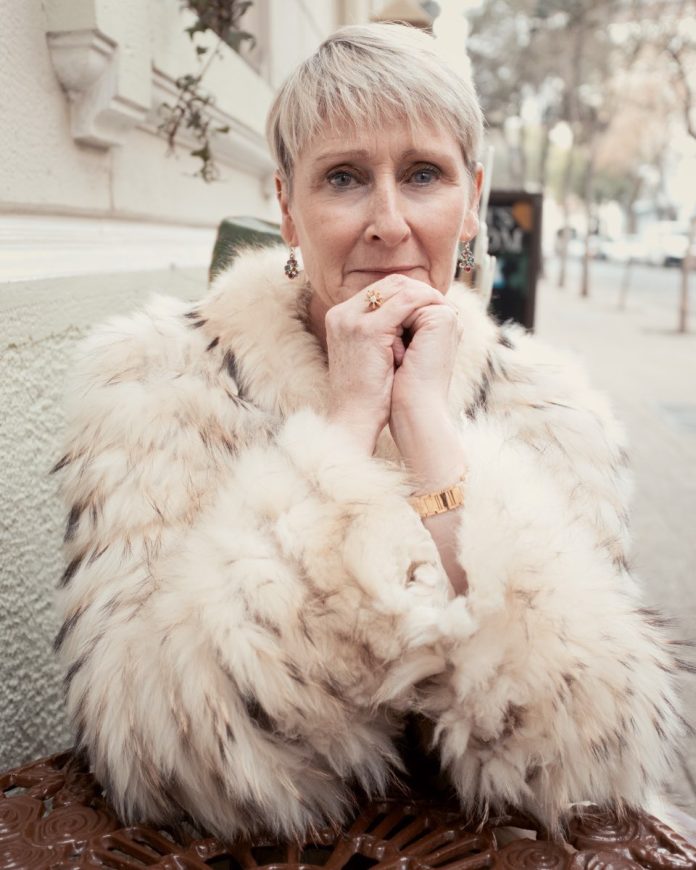You have a diverse range of experiences, but your passion appears to be related to design thinking. Could you share with us when and how you first discovered this concept?
As a child, I attended five schools and I lived in seven different villages and towns in Ireland. On this journey, I realised the power of empathy in helping me to fit in and find friends. And so I had a very early introduction to empathy. Design thinking is just that – empathy driven human-centred innovation in the service of the end-user. I first learned about design thinking in a more formal way when I attended the Industry Research and Development Group conference (https://www.irdg.ie/) in Dublin in 2015. During the conference, I was fortunate enough to experience a mini-design thinking challenge with Dr Frank Devitt – ‘Design a wallet for your partner’. What captured my attention in this short exercise was the focus on empathy and compassion, and the desire to create a ‘delightful’ experience for the end-user of a product or service. This spoke to me, as in my work as a bank official, teacher, teacher educator, professor and social innovator, I have always begun with empathy, i.e., with a focus on whom I serve in any project and their needs (not mine). Following this, I began to seek a chance to learn more about design thinking. And so, I engaged in a three-month IRDG Master class programme which just created more of a desire to learn. This led me to study to be a Design Thinking Coach at the Hasso Plattner Institute (Stanford d.school) in Potsdam, Germany.

To date, I have used the design thinking paradigm and design thinking methodology in my teaching, my research, in my role as Dean of the School of Education, in my social innovation projects and as a way to plan for and implement change in universities and the corporate sector. As I played with design thinking in all of these contexts, my colleague Professor Dave Sammon and I augmented the approach by creating the D3 model of innovation praxis (Chambers & Sammon, 2022) – the powerful triumvirate of design, digital and data. This model speaks to the power of design, which is underpinned by data and leads to digital transformation – a sweet spot of impactful innovation. In 2020, Dave and I (and colleagues) received €2.25m in funding from the Irish Government to set up the first joint Postgraduate Diploma in Innovation through Design Thinking which is jointly led by a School of Education and a School of Business. This serves citizens from every discipline across the trisector. Not only this, it’s intersectional in terms of gender, generation, life-experience and expertise. In terms of social innovation work, my passion for design thinking has also led me to set up the first online global innovation competition for sport and physical activity, under UNESCO patronage, which is now in its fourth year (https://gdc2022.devpost.com/). It uses design thinking to crowdsource ideas for incubation and impact. Finally, in an effort to ignite the future of education, my 2023 TEDx talk: Our Moonshot on Educating the Next Two Billion People, also leans on design thinking. However, once again, I moved the dial by debunking the idea that innovation is only human-centred and pushed for a more ‘life-centric’ approach to innovation where we innovate for people and planet wellbeing.
Over the years, many individuals have learned from your methods. What key lesson do you aim to impart to as many people as possible?
#SpreadtheWord.
I believe in the power of education, and more especially the power of learning how to learn. When people participate in my projects and workshops, education is the ‘backbone’ of the experience. We always solve the wicked problem on the table using design thinking, but we also do much more than that. As an educator for the past 34 years, I believe that every learning opportunity (project/workshop) is a chance to ‘teach a person to fish’; that each person will learn how to use design thinking, how to apply design thinking to their lives and their work, and to pass it on by teaching others to engage in design thinking.

Speaking of lessons learned, what is the most valuable lesson you have acquired through your years of experience?
The power of harnessing human connections and networking to change the world. As a ‘connector’, I am constantly connecting people with each other, introducing people into my network so that they can work with each other to do ‘cool’ things. When I walk into a room that is my subliminal goal. My @GlobalDesignChallenge is an example of how a global network of people from different disciplines, ethnicities, generations and sectors came together to reimagine sport and physical activity during and post pandemic. They gave 1,125,000 hours of volunteer time to bring it to life and action.
You have accomplished a lot throughout your career. What would you say is your proudest achievement?
My children. My eldest, Liadán, who is the person from whom I learn so much. They really push my thinking and open up new areas of learning for me – They are kind and compassionate and very gentle. My daughter, Georgie, who is one of the most empathic people I know – caring, clever, feisty and ambitious, but always thinking of others.
Looking towards your current projects, what excites you the most and why?
Every night I read ‘A Mirror of Questions’ by John O’Donohue. It is a reflection to encourage me to think about what the day brought to me. It also centres me for tomorrow so that I squeeze every drop out of the day.
I feel very lucky to work in innovation, education and sport with such a diverse global network. I am excited about the social innovation work in which I am engaged and what positive impact I can have on the lives of others.
To those who are hesitant to pursue their dreams, what words of advice would you offer them?
You have one life – and it is really important that you follow your passion. I use Ikigai to find that sweetspot – what will provide an income and also help me to be fulfilled. Three things:
1) Channel a design thinking mindset to prototype your odyssey.
2) Open your heart and mind to the opportunities each day will bring.
3) Everyday make sure you Move, Meditate, Love.

